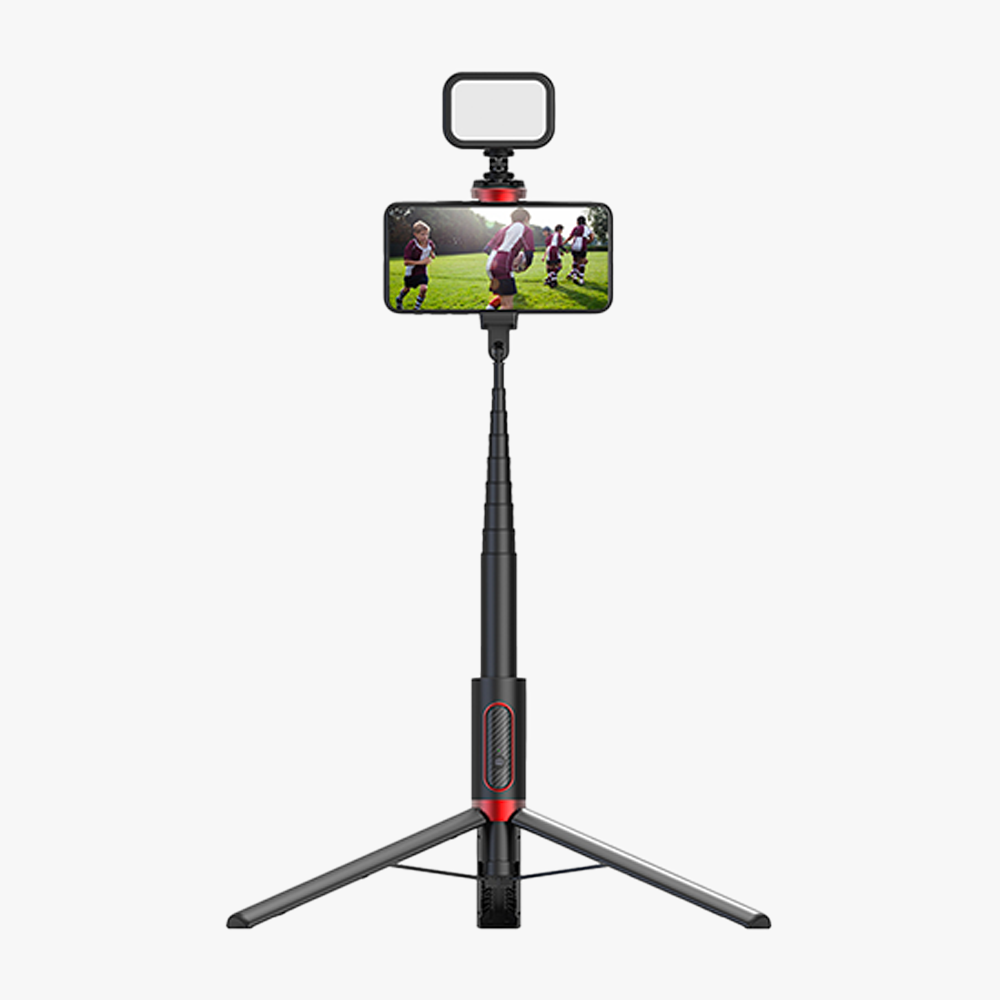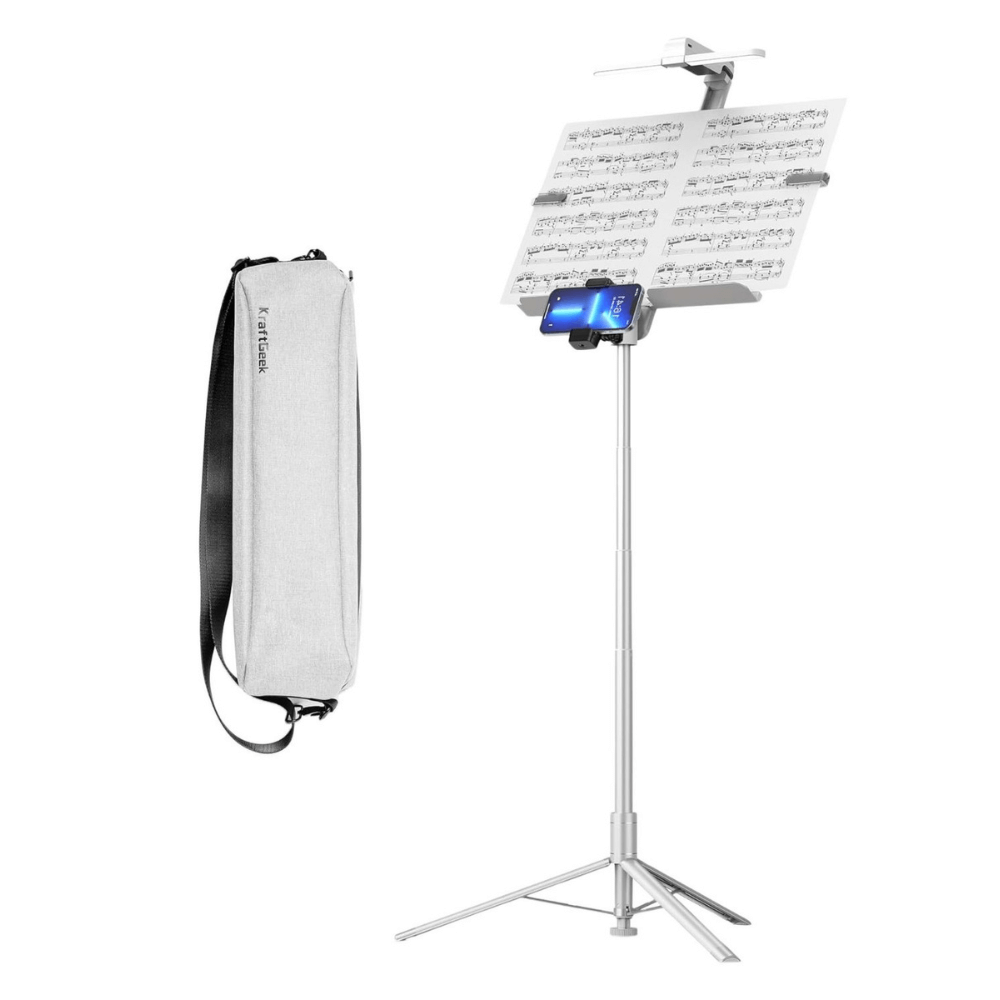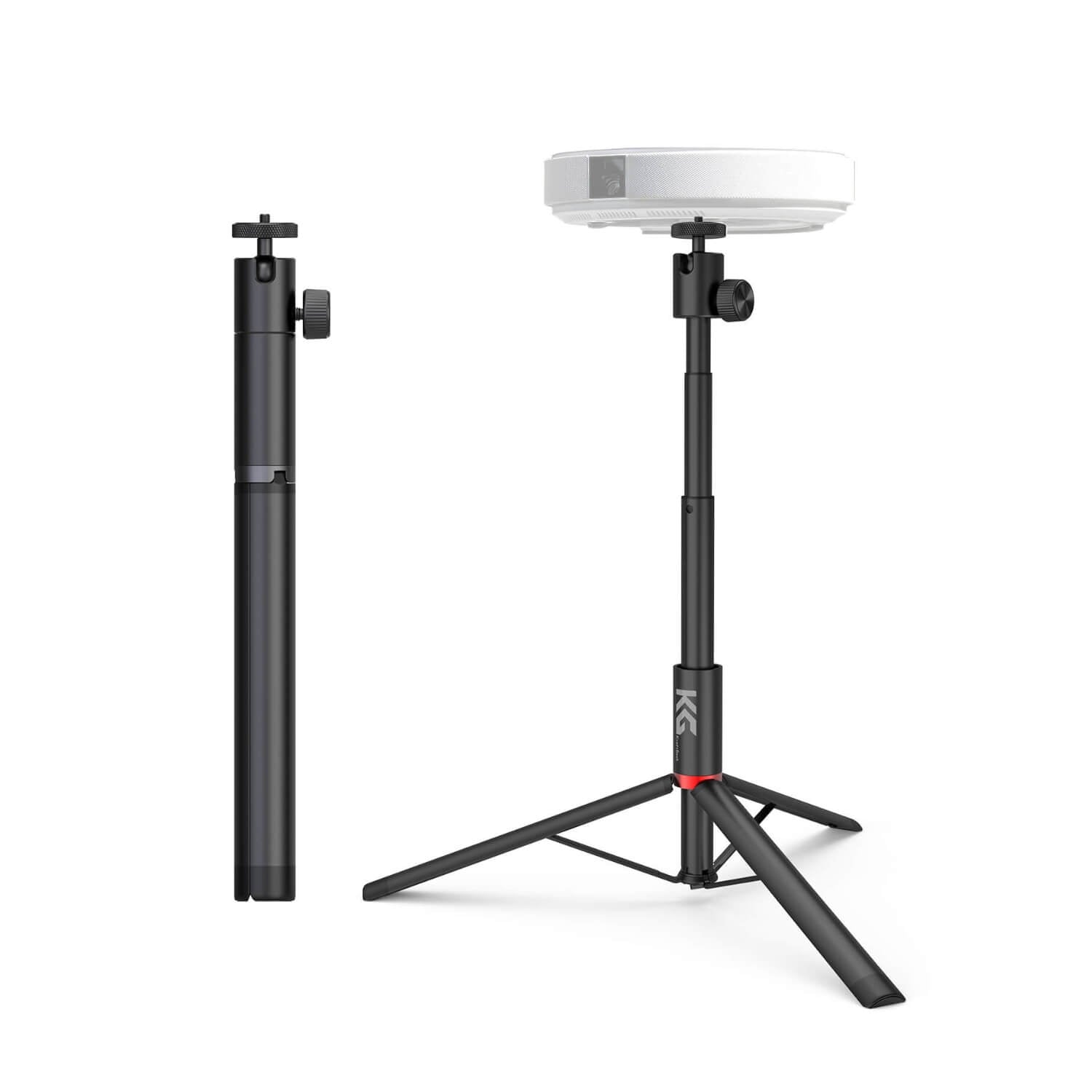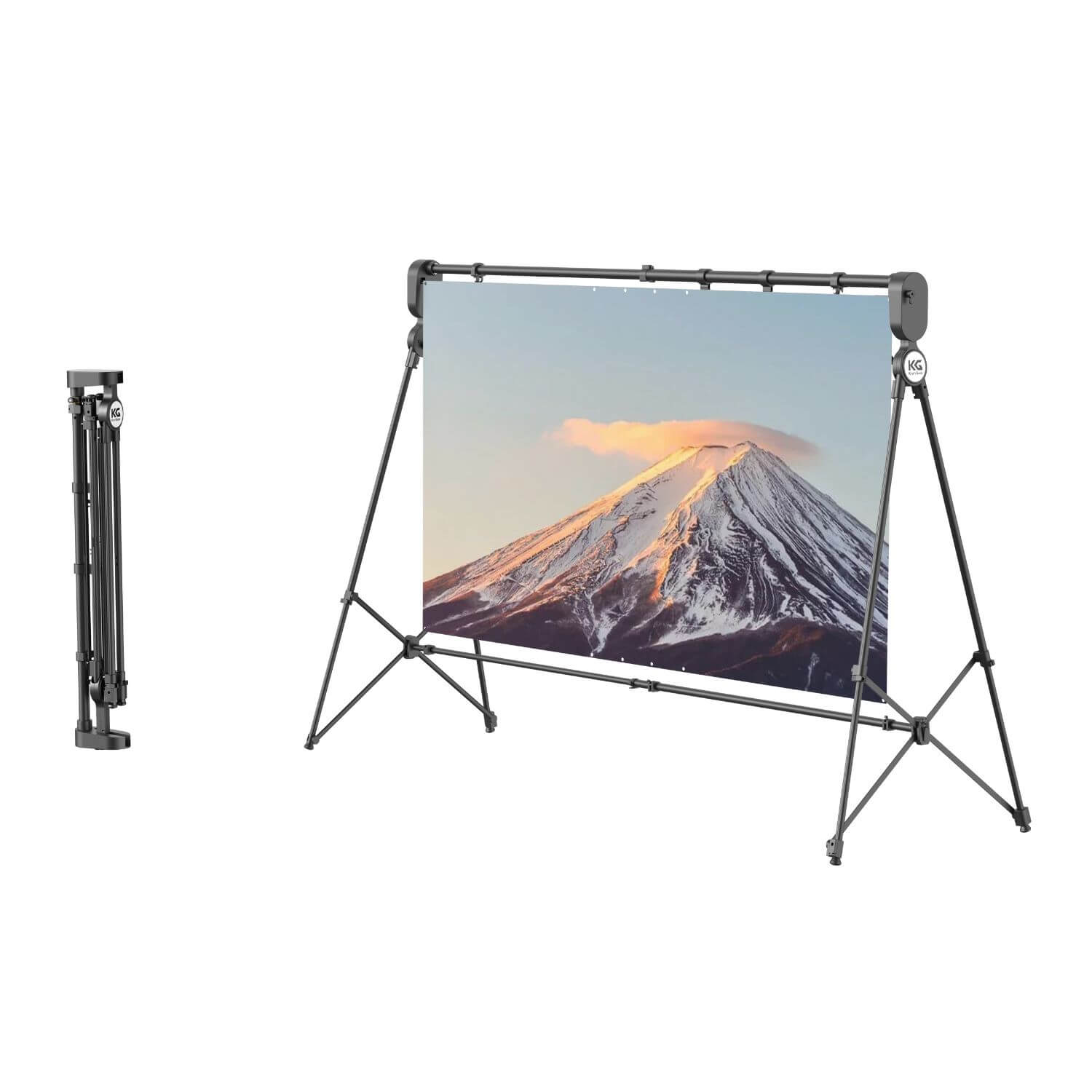What makes street photography different from other types of photography is that it cherishes authenticity and spontaneity so it represents the true emotional state, communication, and the moments that keep people captivated on the street. This flow of urban life delivers challenges and chances at the same time, entailing the ability to adapt, observe, and be fast on the feet for photographers.
Essential Elements Of A Great Street Photograph

Composition and Framing
Composition lies at the core of street photography as it serves for the relative positioning of the elements within the frame which is what interests would be used for telling the stories or sparking feelings. The composition of a photo can be carried out by thinking of things like balance, symmetry, leading lines, and frames to create breathtaking and visually appealing pictures.
Try various angles and distances with your shots to add more depth and dimensions to your development. Furthermore, take care by looking through the rule of thirds and putting the subjects in these key places inside the frame to catch the audience's eyes and create a scenery of visual interest.
Lighting and Shadows
The condition of lighting largely affects the feel and atmosphere which in turn have an impact on the overall appearance of the photo. Notice how the quality of light (daylight or artificial) affects your image, along with the direction and intensity of the light and the way shadows and glare are incorporated into the composition, to produce striking and dynamic photographs.
Try to capture natural light by using sunlight, street lights, and the way they appear as reflections, and thus add dimension, texture, and contrast to your photos. Incorporate shadows to bring out the drama, mystery, and intrigue in your photos, which is the way to master the art of photography.
Moment and Gesture
Street photography relies on the ability to catch faultless moments and best gestures so that it not only rules out stiffness but anything else, creating a mood of spontaneity and vivacity among the images produced. Observe the scenery around you and get ready. This way you will be prepared to catch the expression or even the tiniest sign of any movement that will offer you the smallest piece of the picture of the moment.
Human Connection
The human factor in street photography embodies the essential part; it enables a photographer to create a relationship with their subject and catch authentic glances of intimacy, vulnerability, and empathy. Consider street photography with interest, respect, and empathy, and never stop being curious about the people around you and be ready to join with them.
Develop a real connection with your photo subjects during the shooting process, establishing trust and rapport in front of the camera before your shoot. By making the subject of the picture your own, you can not only get it to be visually alluring but also carry an emotional impact. This way, a viewer will be able to get some idea about the human side of things.
Storytelling and Narrative
Every great street photo tells a captivating story that draws viewers into a special place where occurrences happened long ago. Also keep in mind the context, setting, and surroundings in or during which these scenes take place to enhance the narrative aspect of your images and make the viewers feel present at that particular spot.
Be mindful to search for visual cues, oppositions, and contrasts that provide hints at the bigger themes and story layers behind the frame. Make every attempt to take pictures that cause the onlookers to ponder, neither act as a movie nor provide a specific message or narrative, making the viewers create their own story.
The Role Of People In Street Photography


Subjects and Characters
In street photography, people mainly play the function of subjects and protagonists as well as create the storyline and visual balance of the pictures. People may be going about their daily job, talking, observing their environment, or doing just anything else but in all of it, they create a wealth of opportunities for photographers to capture unique moments and stories.
Making a point of documenting the diversity of people you come across in urban settings, whether it is commuters, street vendors, musicians, activists, or anything else, is a great way of depicting the street's complexity and richness.
Interaction and Engagement
When it comes to street photography, one of the key difficulties faced by photographers when attempting to capture spontaneous images while still maintaining the dignity and rights of the people being photographed. Relationship building and building a rapport with the person you interact with is of utmost importance in making images that have an open depth.
Talk to your subjects in a way that expresses the respect and mutual cooperation that you share but be mindful not to intrude. If there is an opportunity, ask for their permission. Through your pictures, you can engage and connect with the people, in turn, resulting in images that convey raw portraits of relationships, intimacy, and vulnerability and provoke the viewer’s consciousness of the human experience.
Storytelling and Empathy
People are the storytellers in street photography, offering their glimpses into lives, cultures, and communities through their reactionary gestures, expressions, and natural conduct. Through the medium of photography, photographers can gather and present content of humanity that is not just visually striking but also extremely emotionally impactful.
This is the result of the inspiration of empathy and compassion towards your subjects, which you can do by projecting their stories with authenticity and sensitivity, making sure they are not dehumanized and viewed only as objects of science. Strive to create photos that demonstrate human resilience and uniqueness, thus allowing others to relate to and appreciate the complexity of human nature.
Social Commentary and Documentation
Along with immortalizing the image of some people, street photography possesses the ability to tell the story of society, recount the fast-changing youth culture, or even become a record of a significant historical event happening in the streets. By reflecting on these interactions between people and their surrounding places, they would be bringing to the surface significant concerns like infill, inequality, and human rights.
Your camera could be used as a tool for social commentary, and then you can bring focus on the voices and stories belonging to marginalized communities using it while challenging the existing stories that were presented historically by the dominant communities. You stand a chance of contributing a lot to the collective memory, where your pictures will be used in a variety of ways to document moments in time and trigger conversations about the world we live in.
Candid Vs. Non-Candid Approaches

Candid Photography
Everyday photography utilizes a candid approach which in turn refers to capturing in a non-theatrical way unposed moments of people as they appear in reality. This shows the path towards truthfulness, wherein photographers can photograph exactly what is truly happening, either making people laugh, smile, or cry.
In street candid photography, one needs to be patient and watchful enough and they should actively be ready to snap fleeting moments which occur only in a flash. Inconspicuous as they are, they find themselves completely immersed in the urban setting with their eyes attentive and coursing for the right spot of occurrence, waiting for the decisive moment to spring in.
Non-Candid Photography
On the other hand, non-candid approaches involve, either staging/directing the scene or even creating the desired composition. Even though some purists argue street photography is all about spontaneity and it goes against the principles of that style, the ones who consider choosing angles as a genuine artistic move and a tool to control their images view it as a legitimate approach.
Non-candid approaches are multifaceted including posing, arrangement, and manipulation of lighting and shadows. By involving oneself in determining the look of the scene, the photographer can express specific messages, themes, or emotions through the photographs.
Conceptual photoshoots done without the use of models give more freedom and choices to the photographer to get involved in the subject concept and try different visual storytelling methods. Nevertheless, it is accompanied by a mandatory consideration of the ethical aspects of staging in public spaces and the influence it may exert on the general appearance of the final images.
Choosing The Right Equipment
1. Camera Choice
In terms of cameras used in street photography, one can choose from the wide range of available, including point-and-shoots, mirrorless, and DSLR cameras. The main idea is to select a camera that offers the best image quality as well as portability and ease of use.
Street photographers favor mirrorless cameras because of their small dimensions, interchangeable lenses, and high-performance precision. They provide superior image quality, versatility, and portability that work well for those interested in capturing spontaneous-and-off moments while on the go.
DSLR cameras have better image capability and digital processing compared to compacts but they are often heavy and large enough to be recognized in certain situations and thus may attract unwanted attention. The best camera for street photography is the one that you like to handle, which makes it easy to take pictures and forget about technical complications while benefiting from the brightness of the moment.
2. Tripods
It is not always the tripod that people think of to use for street shooting but it can be very important if you want to do things such as take long exposure shots or self-portraits. In the case of deciding on a tripod for street shooting, portability is one of the main features and stability is one to consider. Search for tripods with lightweight and compact models that can be on the move with no extra baggage to your gear.
An idea is to look for a camera tripod with legs that can be adjusted for different height requirements and a fluid ball head for smooth shooting on a multidirectional plane. Instead, when you are kind of minimalist and just carry your phone tripod, it can be a simple way to keep your smartphone camera steady while leaning it against a solid surface.
Phone tripods are small in size, are not costly, and fit almost any smartphone, thus being the best choice for those who like to capture unplanned situations they come across on the streets without having the burden of traveling with bulky equipment.
3. Additional Accessories
Along with the camera and tripod, you can also find many other accessories in the market that will improve your street photography. While strolling in the streets, a comfy camera bag or a backpack is required to safely and conveniently keep your equipment with you.
Incorporate top-notch lenses that complement the type of photography you prefer the most, whether it is wide-angle that allows you to shoot expansive urban landscapes or telephoto for capturing small details from a distance.
In addition, you may want to buy extra batteries and memory cards to avoid losing unintended shots because of power or storage limitations. Lastly, do not forget to pack cleaning supplies to keep your equipment in the best working order, especially photography of dusty or unforeseeable outdoor environments.
Product Recommendations
Conclusion
Street photography is a deeply personal and subjective pursuit, and there are no hard and fast rules for success. What matters most is a passion for storytelling, a willingness to observe and engage with the world around us, and a commitment to continual learning and growth.










